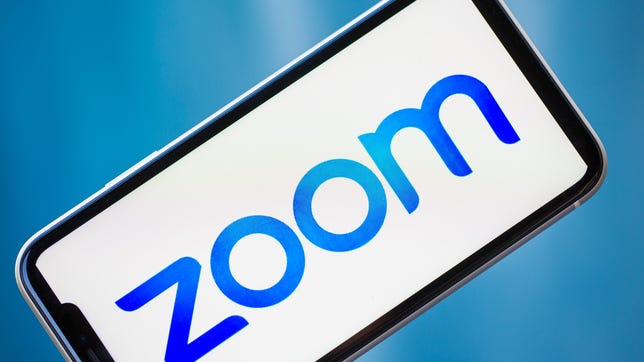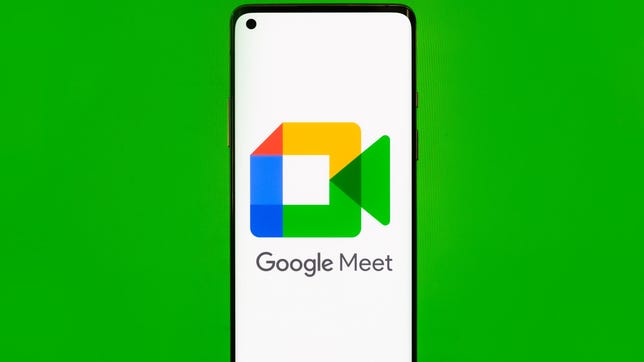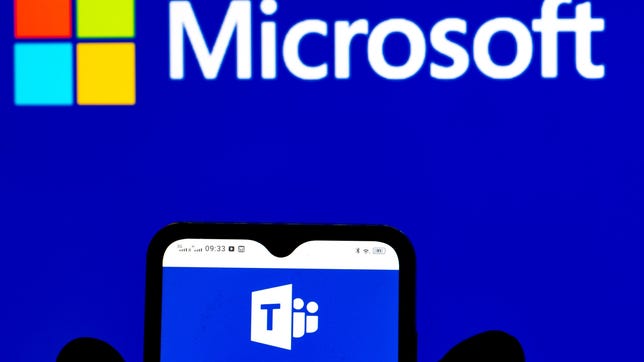Video chat is here to stay and doesn’t show any signs of reverting to the niche technology it once was. “Wanna Zoom?” entered the cultural zeitgeist during the pandemic, but Zoom is far from being your only video chat choice. Over the last few years, more apps have expanded (or added) video chat services.
Now that so many companies offer video chat options, how do you choose the best one for you? It might seem like they all do the same thing, but each video-conferencing app has its own unique strengths and weaknesses.
Instead of having to settle for a one-size-fits-all service, video-conferencing apps have a lot of options to find what best suits your needs. I tested some of the most popular video chat services and apps, comparing price, ease of use, device compatibility, time and participant limits, as well as privacy. For this article, we’ll be focusing on services through the lens of personal use for the average user. Here’s what you need to know.
Angela Lang/CNET
Zoom is easy to sign up for and video chat, whether you’re just catching up with friends or collaborating at work. Despite having multiple paid plans for professionals and businesses, the service doesn’t cut off free tier users from useful core features. This means if you’re just looking to catch up with friends, you’re still going to get good service from Zoom.
After signing up, you’ll be operating with Zoom Basic for free. The app offers three other paid tiers — Pro, Business and Enterprise — but for the average person’s casual use, Basic has a lot to offer. You don’t even have to enter your credit card. The tier supports up to 100 participants and offers unlimited 40-minute long meetings. The app’s in-meeting chat supports group messaging and private DMs, 25MB of cloud storage for recordings, as well as access to three Zoom Whiteboards.
Zoom works across multiple platforms and signing up is a breeze. After you’ve signed up, chatting with friends and family is just a couple clicks away. With everything that the Basic tier offers, there’s a lot you can do with Zoom — personally or professionally — without paying anything.
James Martin/CNET
Google Meet, Google’s video chat tool, is a solid free and convenient option but a majority of its offerings are aimed at professionals and businesses. The app offers a free version, but unlike Zoom’s free tier, it’s pretty devoid of bells and whistles.
If you’re just looking for a place to have a digital catch up with friends, Google Meet’s free tier will more than do the trick. You can squeeze into a call with 100 of your closest friends for an hour without paying a dime. It’s about as easy to use as Zoom, but goes one step further — if you have a Google account, Meet is automatically available with no extra sign up or hassle. If you don’t have a Google account, you can still join a meeting without one.
Meet’s biggest selling point for me is its integration with other Google apps like Slides, Sheets and Docs. The fast access to Google apps would be a handy tool for study groups, collaborating on projects and organizing events.
Igor Golovniov/SOPA Images/LightRocket via Getty Images
Microsoft Teams, Microsoft’s built-in video chat software, is automatically available for Office 365 users, but it became even more accessible with the launch of Windows 11. Like Google Meet, Microsoft Teams’ free tier lets you have up to 100 people in your group call for an hour. If it’s just you and another person? You can stay in the call for a whopping 30 hours — the best free offering by far, even if it’s a little overboard.
I like that Microsoft offers multiple plans to choose from for home and business users. With other services, using the app for personal use can feel a bit like an afterthought in comparison to the shiny business tiers.
Microsoft has two reasonably priced paid plans for personal use. Unlike paid plans for some other services, the extra features in Microsoft 365 Personal and 365 Family actually make sense for the average user to have. If I purchased one of these plans, I would feel confident that I was getting the most bang for my buck.
If you’re one of the almost 3 billion monthly active Facebook users in the world, you know how easy it is to start a video chat from Messenger. The social media company upped its video-conferencing game in early 2020 when it released Messenger Rooms. It’s easy to get a Room set up in the mobile app or on desktop.
Facebook’s one-on-one video chat feature or Messenger Rooms are both attractive options — they’re built into an app you likely already have installed, plus the calls are free and don’t have time limits.
Facebook’s one-on-one video chat is probably the service I use the most for keeping up with friends and family. Knowing that I can easily swap to a Room and add more people — up to 50 — is a bonus.
Sarah Tew/CNET
Like Messenger Rooms for Facebook users, having built-in video chat software on a device you already use is convenient. FaceTime used to be limited to Apple users, but iOS 15 brought Android and PC users in on the fun.
The app is free, there’s no time limits for calls, you don’t need to have cellular on your device (just make sure you’re on Wi-Fi to save your data), and you’re protected by end-to-end encryption. Even if group calls max out at 32 people — the lowest participant limit on the list — FaceTime’s offerings make it an enticing option.
If you still want to chat without cameras, FaceTime has a free audio call feature that still supports up to 32 people. As a bonus, if you’re using the audio call feature, you can answer calls on your HomePod or Apple Watch.
For more options, check out 10 free Zoom alternatives.






